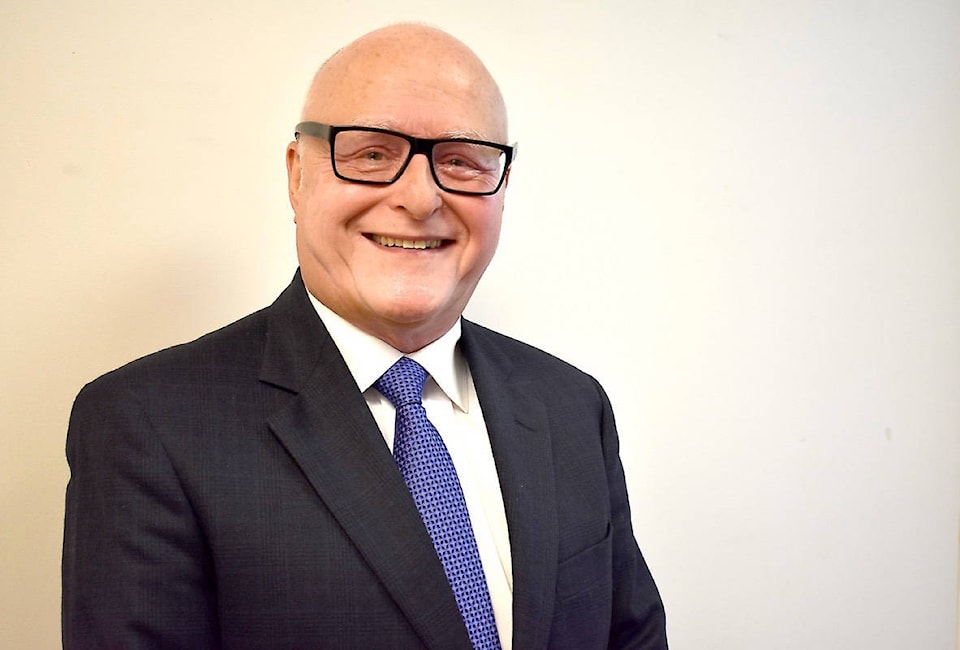Two teenagers are walking to high school, and one says to the other “I sure hope my parents pay off their student loans before I go to college”.
We are all keenly aware of how important education is in this modern age. Derek Bok, former president of Harvard famously said, “If you think education is expensive, try ignorance”.
Parents have dreams for their children’s education. Sadly, according to recent North American surveys, our aspirations for our kids and our actual education savings are not lining up. How can we better prepare for the expense of post-secondary education?
A good starting point is to come up with an estimate of the total cost of your child’s schooling. Talk with your child about the post-secondary diploma or degree he or she is hoping to pursue and which institutions of learning might be a “best fit”. Do a quick website check to find the typical expenses for students attending the schools you have in mind. For example, a University of the Fraser Valley student taking a full first-year course load can expect to pay close to $5,000 in tuition. With books and other fees the total is brought to approximately $7,100, before accommodation or transportation. Year One for an engineering degree from Queens is approximately $10,000 for tuition alone. Remember to factor in the effect of inflation when you are doing your calculations. Depending on the age of your child, schooling costs may rise by 30% by the time of graduation.
It can be overwhelming, but there is help out there. A Registered Education Savings Plan (RESP) is a great way to begin. Step one is to apply for a social insurance number for your child. Most financial institutions offer RESPs, and once you have one in place; the government will contribute 20 cents for every dollar you put in. Depending on your family income, the government will deposit up to a maximum of either $500 or $600 a year into your child’s plan. As an added bonus, tax is deferred on both the growth and government matching funds. The investment options for RESP’s are the same as you would find for RRSPs or Tax Free Savings Accounts; everything from guaranteed interest certificates to mutual funds or even shares. Your financial institution should offer help and advice on which combination is most suitable for your situation. Be sure to ask the RESP issuer about their fee structure and ensure that you can access your funds in case of a financial emergency.
For low-income families, the federal government, offers the Canada Learning Bond. In order to apply for this benefit, there are four simple requirements. You must be the child’s primary caregiver. You must have a social insurance number. Your child will also need a social insurance number and an RESP needs to be in place. If you qualify for the bond, your child could receive up to a total of $2,000 towards the expense of schooling. These funds can be used for apprenticeship programs, college, trade school, or university. In the case of the Canada Learning Bond, the Government of Canada will contribute whether or not the family is able to.
Another valuable source of educational funds is right at hand and too often overlooked. Many of our kids work hard to save wages earned in summer and part-time employment. Some of those determined students neglect to do the simple paperwork that could earn them much-needed funds for their schooling. Last year, community-based groups and local individuals donated over $60,000 in bursaries and scholarships to just over 30 graduating students at Hope Secondary. Your child could get in line for some of this local generosity just by filling in the application forms distributed by their teachers.
Based on need, Canada Student Loans are available to assist with the financial challenges of post-secondary education. Currently, students in Canada complete their undergraduate programs with an average debt load of $27,000. Ideally, your child will receive an effective education, completing their courses with a minimum amount of money owing. Preparation is your best protection against the burden of excessive student debt.
Research, plan and save. Then you should be able to avoid telling your recent high school graduate that you are going to have to look into “home colleging”.
Rock Hutsul has been sharing his rock-solid advice on how to live your best financial life with readers over the past year.
This is Hutsul’s final column before he goes into semi-retirement from the newspaper business, perhaps to re-emerge on this page once in a while when it suits his fancy. We thank him for writing for us and wish him the best.
To reach Rock, who also runs a life insurance business in Hope, email rhutsul@telus.net.
